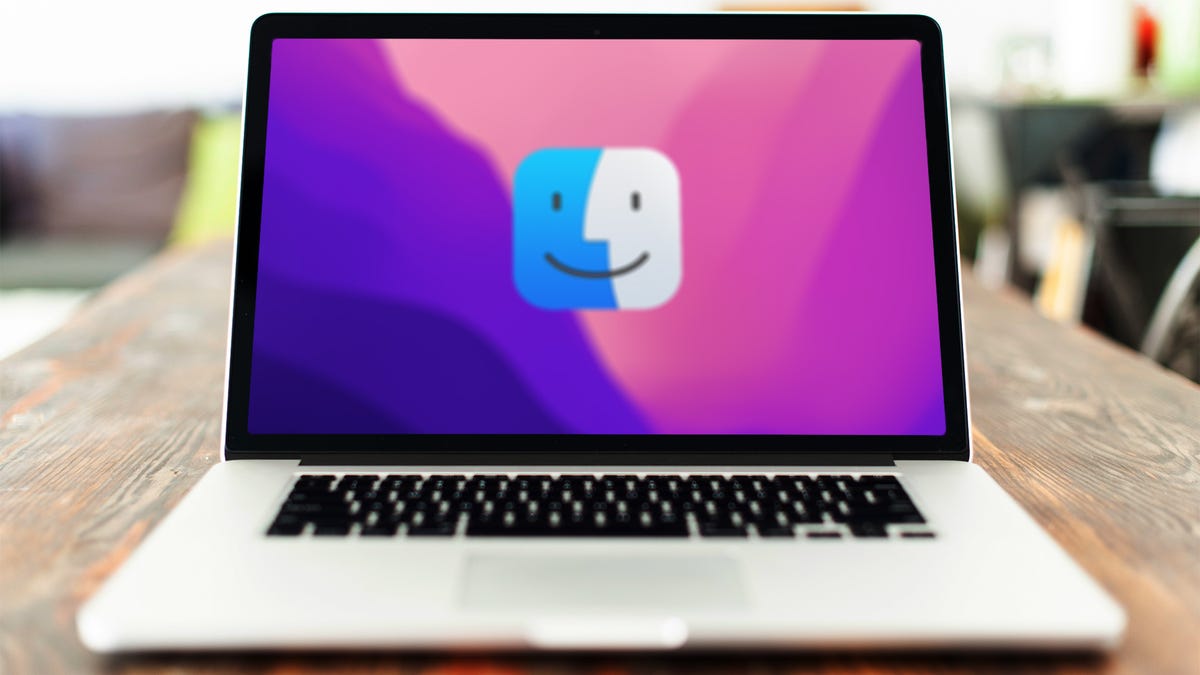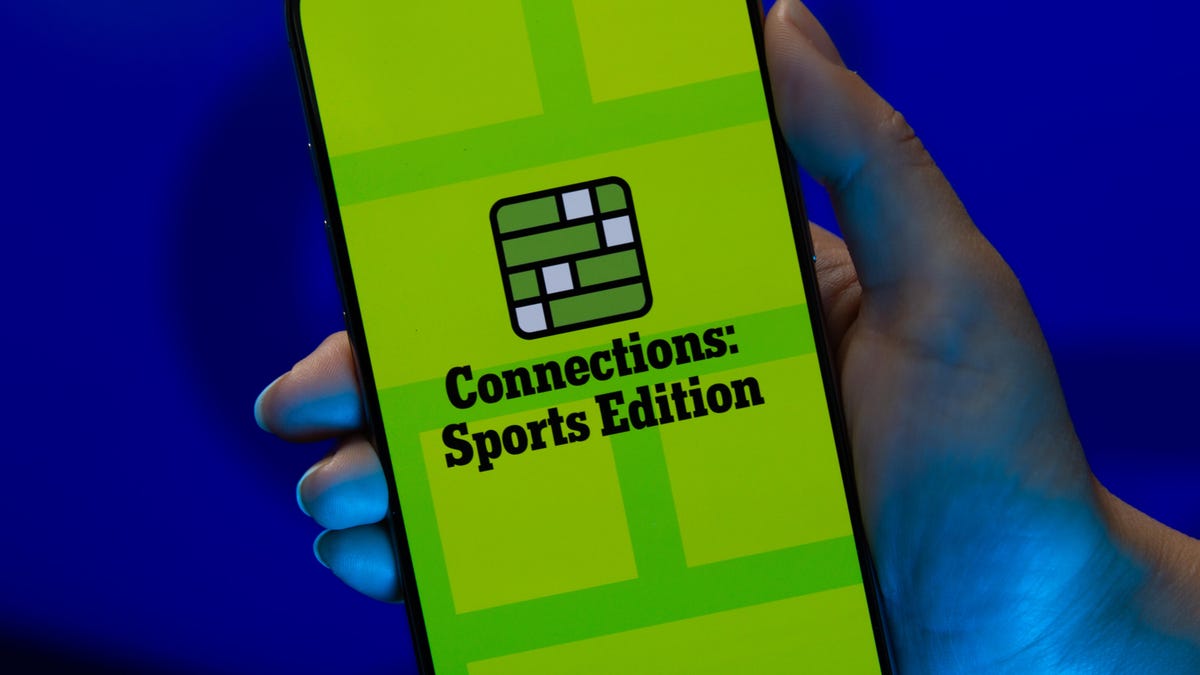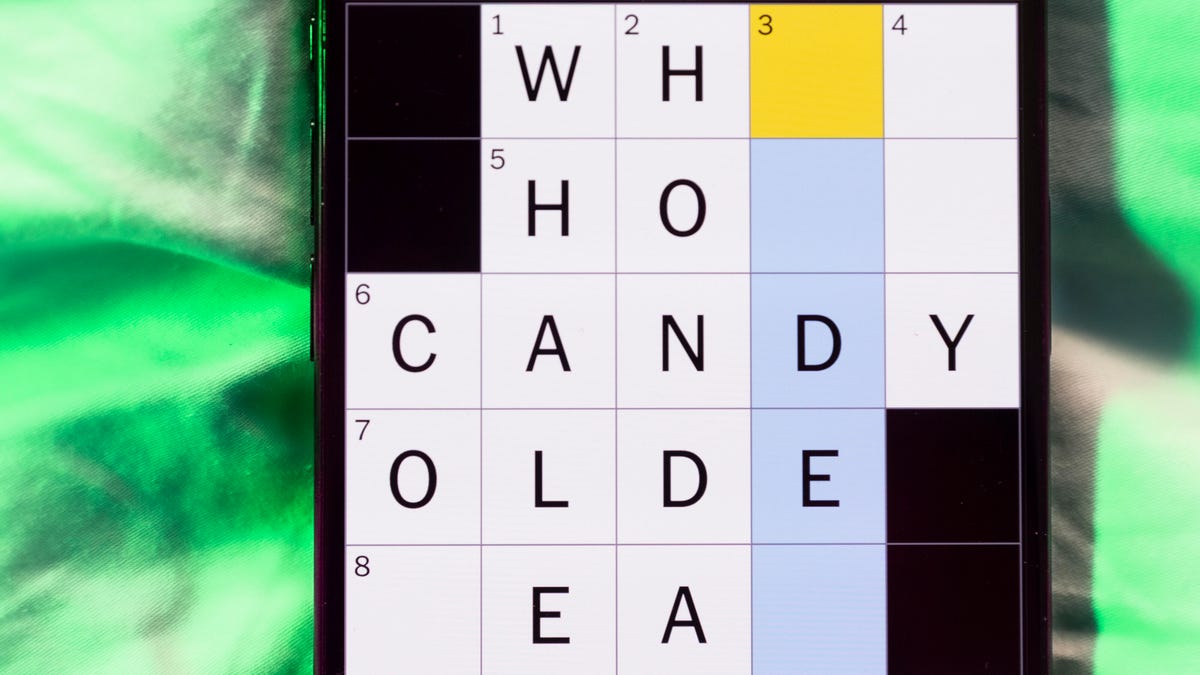Technologies
15 Tips to Better Organize and Find Files on Your Mac
These tricks all involve the Finder, your Mac’s powerful file manager.

The more files you have on your Mac, the more difficult it can be to find what you’re looking for. That’s why we have the Finder, which can help you more easily go through your computer’s documents, folders and applications. However, to get the most out of the Finder, you need to know how to use it efficiently.
In this story we’ll show you 15 tricks you need to know to master the Finder, whether you need to open specific folders, quickly delete unimportant files, hide annoying sidebars and more. Here’s what you need to know.
And if you want more Mac tips, check out where to find all of your saved Wi-Fi passwords on your computer and these six Mac keyboard shortcuts you should be using all the time.
Set a default folder to appear each time you open a new Finder window
If you navigate to a particular folder often, then you can set it as your default and save yourself a few clicks each time you open the Finder. Click the Finder menu in the menu bar and then select Preferences. Under the General tab, you will see that for New Finder windows show, the default is All My Files. You can change to your Home or Documents folder, or whichever folder you use the most.
Automatically remove items from the Trash
If you click the Advanced tab in Preferences, you’ll see a number of boxes to check, including Remove items from the Trash after 30 days. This can help you keep your trash from overflowing with files.
Open a new Finder window
Need to open another Finder window. You can use a keyboard shortcut for that. Hit Command + N to open a new Finder window. You can also use Command + T to open a new Finder tab, which allows you to view various folders within a single Finder window.
Open a specific folder in the Finder
Instead of looking for a folder, you can use the following keyboard shortcuts to open a specific folder:
- Command + Shift + C: Top-level Computer folder
- Command + Shift + D: Desktop folder
- Command + Shift + F: Recents folder
- Command + Shift + G: Go to Folder window
- Command + Shift + H: Home folder for your account
- Command + Shift + I: iCloud Drive folder
- Command + Shift + O: Documents folder
- Command + Shift + R: AirDrop folder
- Command + Shift + U: Utilities folder
- Command + Option + L: Downloads folder
Quickly search for a file or folder in the Finder
Although you can click on the magnifying glass in the top-right corner of any Finder window to search for a file folder, you can also use the keyboard shortcut Command + F to open the Finder with the search bar already activated.
Get info about a file or folder in the Finder
Need more information about a file or folder, such as file kind, folder size, date created or last modified? You can hit Command + I to open the Get Info panel for any selected file.
Show or hide the Sidebar in the Finder
If you need a cleaner view, use Command + Option + S to show or hide the Finder’s sidebar. Hit Command-Control-T to add a selected item — a folder, usually — to the sidebar.
Show or hide the path bar in the Finder
The Finder has another information bar in addition to the sidebar: the path bar. It’s the narrow bar along the bottom edge of the Finder, which shows you the folder path to the file you currently have selected. If you want to hide or show it, hit Command + Option + P.
Change the Finder view
You can change the view of the Finder by clicking the four buttons in the menu bar at the top of a Finder window. Alternatively, you can use keyboard shortcuts:
- Command + 1: Icon view
- Command + 2: List view
- Command + 3: Column view
- Command + 4: Gallery view
Check out your view options
Hit Command + J to open the View Options panel. This lets you choose, among other things, the types of columns — Date Modified, Size, Tags and so on — that you want to see for the Finder’s column view. You can set different columns to show for different folders in the Finder.
Quickly view a file without opening it
You can always double-click a file to view it, obviously, but there is a way to simply preview it. If you click on a file once, to highlight it, and then hit the spacebar, you can check out a preview of it. If you hold down Option + spacebar, you can open a full-screen slide of the file.
Create a new folder
Just like on your desktop, you can use the Command + Shift + N keyboard shortcut to create a new folder in the Finder.
Quickly trash a file or folder
Save yourself the trouble of dragging a file to the trash can in your dock. Instead, select the files or folders in the Finder you’d like to trash and hit Command + Delete. In related news, you can hit Command + Shift + Delete to empty the trash.
Add a file or folder to your dock
Use Command + Control + Shift + T to add a file or folder in the Finder to your dock. It will sit to the right of the dock’s divider.
Customize the Finder toolbar
From the menu bar at the top of the screen, go to View > Customize Toolbar to drag buttons to and from the toolbar at the top of the Finder. If you find that you don’t like the changes you made, just drag the default set back to the Finder to start again.
Looking for more Mac tips and tricks? Here’s a trackpad setting you should adjust and four different ways to take a screenshot on your Mac.
Technologies
Today’s NYT Connections: Sports Edition Hints and Answers for Nov. 29, #432
Here are hints and the answers for the NYT Connections: Sports Edition puzzle for Nov. 29, No. 432.

Looking for the most recent regular Connections answers? Click here for today’s Connections hints, as well as our daily answers and hints for The New York Times Mini Crossword, Wordle and Strands puzzles.
It’s Rivalry Saturday, so Connections: Sports Edition gives a big game a nod with two caregories. If you’re struggling with today’s puzzle but still want to solve it, read on for hints and the answers.
Connections: Sports Edition is published by The Athletic, the subscription-based sports journalism site owned by The Times. It doesn’t appear in the NYT Games app, but it does in The Athletic’s own app. Or you can play it for free online.
Read more: NYT Connections: Sports Edition Puzzle Comes Out of Beta
Hints for today’s Connections: Sports Edition groups
Here are four hints for the groupings in today’s Connections: Sports Edition puzzle, ranked from the easiest yellow group to the tough (and sometimes bizarre) purple group.
Yellow group hint: Fire it on in there.
Green group hint: Buckeyes.
Blue group hint: Wolverines.
Purple group hint: Not double.
Answers for today’s Connections: Sports Edition groups
Yellow group: Baseball pitching feats.
Green group: Associated with Ohio State.
Blue group: Associated with Michigan.
Purple group: Triple ____.
Read more: Wordle Cheat Sheet: Here Are the Most Popular Letters Used in English Words
What are today’s Connections: Sports Edition answers?
The yellow words in today’s Connections
The theme is baseball pitching feats. The four answers are immaculate inning, no-hitter, perfect game and shutout.
The green words in today’s Connections
The theme is associated with Ohio State. The four answers are dotting the I, gray, scarlet and The Horseshoe.
The blue words in today’s Connections
The theme is associated with Michigan. The four answers are blue, Hail to the Victors, maize and The Big House.
The purple words in today’s Connections
The theme is triple ____. The four answers are A, crown, double and play.
Technologies
Today’s NYT Mini Crossword Answers for Saturday, Nov. 29
Here are the answers for The New York Times Mini Crossword for Nov. 29.

Looking for the most recent Mini Crossword answer? Click here for today’s Mini Crossword hints, as well as our daily answers and hints for The New York Times Wordle, Strands, Connections and Connections: Sports Edition puzzles.
Need some help with today’s Mini Crossword? It’s Saturday, so it’s a long one. Read on for all the answers. And if you could use some hints and guidance for daily solving, check out our Mini Crossword tips.
If you’re looking for today’s Wordle, Connections, Connections: Sports Edition and Strands answers, you can visit CNET’s NYT puzzle hints page.
Read more: Tips and Tricks for Solving The New York Times Mini Crossword
Let’s get to those Mini Crossword clues and answers.
Mini across clues and answers
1A clue: Hockey disks
Answer: PUCKS
6A clue: Signature headwear for Mr. Monopoly
Answer: TOPHAT
7A clue: Seedy establishment?
Answer: NURSERY
8A clue: Bioweapon at the center of a 2001 envelope scare
Answer: ANTHRAX
9A clue: Cleverly skillful
Answer: ADROIT
10A clue: Sleeping enclosure for a pet dog
Answer: CRATE
11A clue: Picks up the tab
Answer: PAYS
Mini down clues and answers
1D clue: Play, as a film character
Answer: PORTRAY
2D clue: Ultimate consequences
Answer: UPSHOTS
3D clue: Sweetheart, in French
Answer: CHERIE
4D clue: 24-___ gold
Answer: KARAT
5D clue: River in which Achilles was dipped (except for his heel!)
Answer: STYX
6D clue: Frozen landscape
Answer: TUNDRA
7D clue: Civil rights org. co-founded by W.E.B. Du Bois
Answer: NAACP
Don’t miss any of our unbiased tech content and lab-based reviews. Add CNET as a preferred Google source.
Technologies
Repair Your Electronics at Home With This Rare Black Friday Discount on the iFixit Pro Tech Go Toolkit
This toolkit rarely goes on sale, so take advantage of this opportunity to snag it for only $40.

While Black Friday is an excellent time to replace old smartphones or broken laptops at a discount, not everyone is looking to splurge on new tech right now. If you’re shopping on a budget, or simply like the devices that you have and aren’t ready for an upgrade, investing in an electronics repair kit may be a wise option. We’ve spotted a discount on the iFixit Pro Tech Go tech toolkit, bringing its price down to just $40. But don’t delay, Black Friday is in its final hours and this kit rarely goes on sale.
The iFixit Pro Tech Go kit can be used to open up and repair a wide range of electronics, including smartphones, laptops, gaming consoles, and smart home devices for DIY repairs like battery or screen replacements. The kit has a 32-bit Moray driver kit, an opening tool, a suction handle, a jimmy, a spudger and angled tweezer to carefully open your devices.
Don’t miss any of our unbiased tech content and lab-based reviews. Add CNET as a preferred Google source.
Repairing your own tech can save you hundreds or even thousands of dollars. It also reduces e-waste by helping your devices last longer rather than throwing them away over minor issue. As of this year, all 50 states have introduced right-to-repair legislation designed to give people a legal right to fix their own tech, and several states have already signed it into law.
You can check out more deals from iFixIt now on Amazon. Plus, for other budget buys, check out our roundup of the best Black Friday deals under $100.
MOBILE DEALS OF THE WEEK
-
$749 (save $250)
-
$475 (save $175)
-
$499 (save $300)
-
$900 (save $400)
Why this deal matters
This is a record low price on a repair kit that rarely goes on sale. While we did see a modest discount on the iFixit Pro Tech Go toolkit during Amazon Prime Day in July, it was not marked down for October Prime Day or other sales such as Memorial Day or Labor Day. As such, it’s fairly unlikely that we’ll see it go on sale again this season, so this might be your last chance to get the toolkit for only $40.
Join Our Daily Deals Text Group!
Get hand-picked deals from CNET shopping experts straight to your phone.
By signing up, you confirm you are 16+ and agree to receive recurring marketing messages at the phone number provided. Consent is not a condition of purchase. Reply STOP to unsubscribe. Msg & data rates may apply. View our Privacy Policy and Terms of Use.
-

 Technologies3 года ago
Technologies3 года agoTech Companies Need to Be Held Accountable for Security, Experts Say
-

 Technologies3 года ago
Technologies3 года agoBest Handheld Game Console in 2023
-

 Technologies3 года ago
Technologies3 года agoTighten Up Your VR Game With the Best Head Straps for Quest 2
-

 Technologies4 года ago
Technologies4 года agoBlack Friday 2021: The best deals on TVs, headphones, kitchenware, and more
-

 Technologies4 года ago
Technologies4 года agoVerum, Wickr and Threema: next generation secured messengers
-

 Technologies4 года ago
Technologies4 года agoGoogle to require vaccinations as Silicon Valley rethinks return-to-office policies
-

 Technologies4 года ago
Technologies4 года agoOlivia Harlan Dekker for Verum Messenger
-

 Technologies4 года ago
Technologies4 года agoiPhone 13 event: How to watch Apple’s big announcement tomorrow
